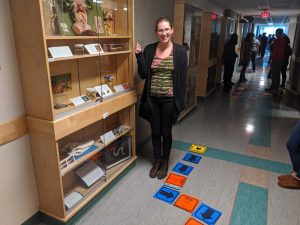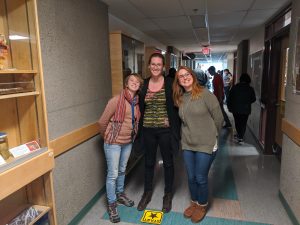I chose the word balance(creating time for the things you have to do, as well as the things you like to do) as my professional and personal goal for the year back in January. After being responsible for 20 students in a K/1 classroom for several weeks, I can say that making this my goal was the right choice. Not just for me in my personal and professional life, but as a goal for teaching my students. It’s important to teach not just the curriculum set out by BC education, but to teach students that sometimes you have to do things you don’t want to do but you’ll also get to do things you want to do, especially if you get the first out of the way.
I extended the definition of balance in brackets above, to include a balance between ways of teaching, like that behind the idea of the 6 language arts of reading, speaking, viewing, listening, visually representing, and writing. I wanted to create lessons and units with a variety of teaching styles on my part, as well as a variety of activities for students to engage with and learn from. I wanted a balance between teaching and learning through experiences.
In my original write up about my goal for 2020, I talked about creating flow and balance between subjects and student’s needs so that no one thing is more important than another. After being in a classroom for a period of time, I feel even more strongly about maintaining balance and flow for my students. Being sensitive to the balance, flow, and needs of my classroom required me to be present in every moment and taught me to take things one at a time, while still keeping in mind where we want to go and where we have already been.
Balance is something I will continue to focus on in and out of the classroom and I will continue to strive for this balance in my personal and professional lives as I feel that it is incredibly important for me and for my students.


